"Later Chinese Jades: Ming Dynasty to Early Twentieth Century" à l'Asian Art Museum SF jusqu'au 17 août
Phoenix presenting a ritual vessel, approx. 1700-1800. China. Qing dynasty (1644-1911), Nephrite. The Avery Brundage Collection, B60J403.
The core of the museum’s collection of Chinese jades was donated by Avery Brundage (1887–1975), an avid and discerning collector. Brundage formed most of his collection of approximately 1200 pieces between 1935 and 1960, a time when Western study of jade was in its infancy. Over the past decades considerable new information has become available in this field, both from archaeological discoveries and from careful research of period texts and of objects for which the date and history is well established. Much of this new research has been undertaken by experts in China.
In 1996 the Asian Art Museum began a systematic study of the jades in the Brundage collection. This included bringing a series of experts from China to survey the collection. The first was Yang Boda, ex–deputy director of the Palace Museum, Beijing, and a world-renowned specialist on Chinese jades who spent two months conferring with the museum’s curators. Following him was Mou Yongkang, Director of the Institute of Archaeology in Zhejiang province, and then Deng Shuping, the expert in Chinese jades at the Palace Museum in Taipei.
Armed with a new understanding of Chinese jades, the museum has published a major catalogue of its later objects in this medium.
November 10, 2007–August 17, 2008. Tateuchi Gallery. Asian Art Museum San Francisco
After Waterfall and Soughing Pine, 1700-1800. China. Qing dynasty (1644-1911). Nephrite. The Avery Brundage Collection, B60J265.
Buddha’s-Hand Citron, 1800s. China. Qing dynasty (1644-1911). Nephrite. The Avery Brundage Collection, B60J108
Cicada, approx. 1900–1940. China, late Qing dynasty (1644-1911) or early Republic period (1912-). Nephrite. The Avery Brundage Collection, B60J594
Flat vessel with lid, 1800-1900. China. Qing dynasty (1644-1911). Hetian nephrite. The Avery Brundage Collection, B60J500.
Groom with elephant, 1900s. China, Qing dynasty (1644–1911). Nephrite. The Avery Brundage Collection, B69J7
Hair ornament with phoenix, approx. 1800-1900. China. Qing dynasty (1644-1911). Hetian nephrite. Gift of R.W. Winskill in memory of Lionel H. Pries, B86J6.
Mandarin drake, 1800s. China, Qing dynasty (1644–1911). Nephrite. The Avery Brundage Collection, B60J389
Two monkeys wrestling, approx. 1700–1800. China, Qing dynasty (1644–1911). Nephrite. The Avery Brundage Collection, B60J977.
Mythic deer with fawn, approx. 1600-1700. China. Late Ming (1368-1644) or early Qing (1644-1911) dynasty. Nephrite. The Avery Brundage Collection, B62J7.
Pouring vessel (yi), 1800–1900. China, Qing dynasty (1644–1911). Nephrite. The Avery Brundage Collection, B60J238
Tiger with five poisons, 1800-1900. China. Qing dynasty (1644-1911). Nephrite. The Avery Brundage Collection, B60J352.
Water vessel with two parrots and prunus, approx. 1900. China. Qing dynasty (1644-1911). Nephrite. The Avery Brundage Collection, B60J455.
LATER CHINESE JADES: Ming Dynasty–Early Twentieth Century
By Terese Tse Bartholomew, Michael Knight, and He Li
With additional entries by Melissa Abbe and photography by Kazuhiro Tsuruta - $95.00 - Hardcover, 9 x 12, 368 pages, hundreds of full-color illustrations
Nearly a decade in the making, this will become the definitive guide to Chinese jades from the Ming dynasty through the early twentieth century. This was a particularly rich period in jade production. As this book reveals—based on the most current scholarship—many jade objects previously thought to be of ancient manufacture were actually produced in these later periods.
Later Chinese Jades includes contributions by three of the museum’s curators of Chinese art. He Li places Chinese jades in the cultural context of the Ming and Qing periods. Michael Knight considers jades from these periods and explains the importance of archaism—the imitation of ancient styles and forms—in later jadework. Terese Tse Bartholomew explores connections between Chinese and Mughal jade workers and illuminates the symbolism of jade objects.
These essays make a significant contribution to the understanding of Chinese jade. Nearly four hundred jade objects are considered in individual object entries, making this is an essential text for anyone with a serious interest in Chinese jades.

/https%3A%2F%2Fprofilepics.canalblog.com%2Fprofilepics%2F1%2F0%2F100183.jpg)
/https%3A%2F%2Fstorage.canalblog.com%2F03%2F02%2F119589%2F96711876_o.jpg)
/https%3A%2F%2Fstorage.canalblog.com%2F11%2F31%2F119589%2F94773502_o.jpg)
/https%3A%2F%2Fstorage.canalblog.com%2F20%2F83%2F119589%2F94772815_o.jpg)
/https%3A%2F%2Fstorage.canalblog.com%2F26%2F72%2F119589%2F75604929_o.jpg)
/https%3A%2F%2Fstorage.canalblog.com%2F59%2F60%2F119589%2F26458628_o.jpg)


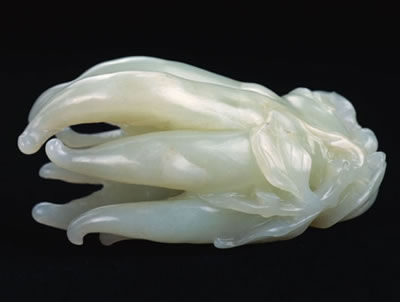



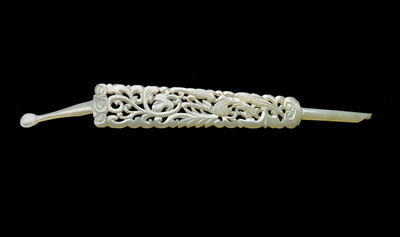

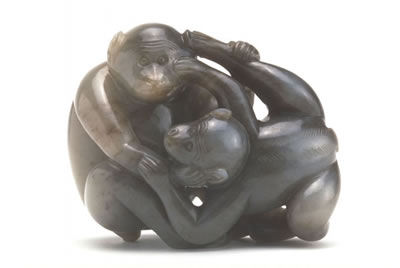

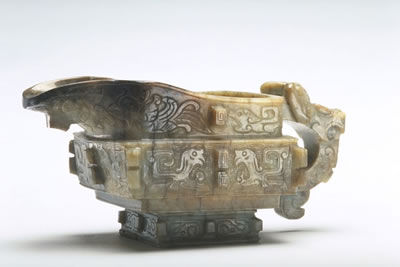

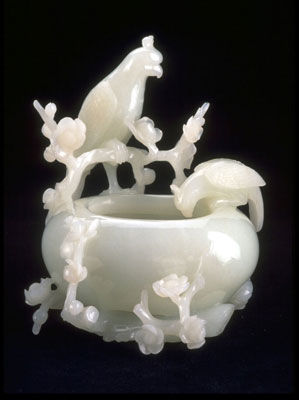



/image%2F1371349%2F20240504%2Fob_93e6fc_440746014-1663431631093516-33520012940.jpg)
/image%2F1371349%2F20240504%2Fob_ad891b_441216662-1663349251101754-34964046851.jpg)
/image%2F1371349%2F20240504%2Fob_aed9af_441052920-1663343744435638-38708661590.jpg)
/image%2F1371349%2F20240504%2Fob_d96259_441052920-1663343744435638-38708661590.jpg)